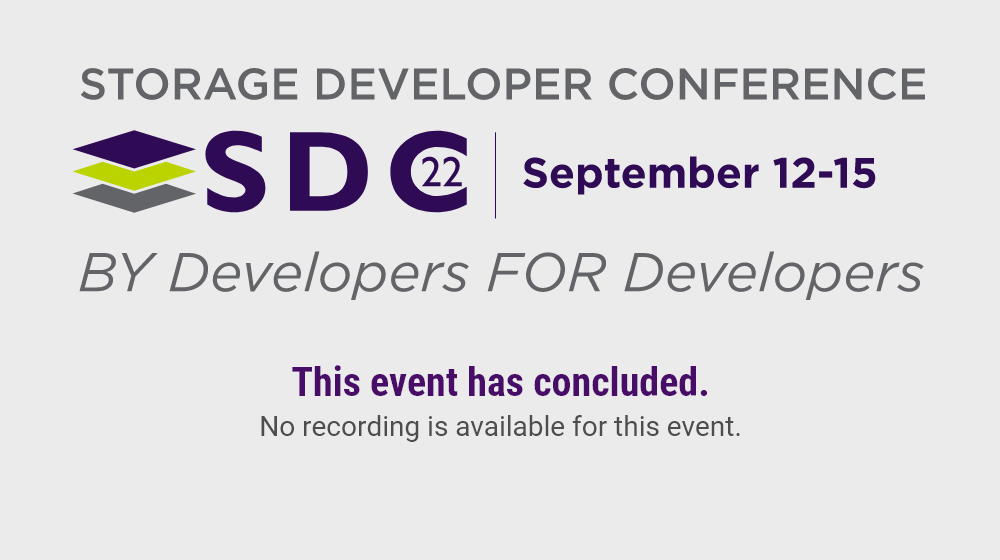The ever-present connectivity in our lives, and the data storage demands that come with it, is growing exponentially. The projected material supply for silicon-based memory technologies is unable to satisfy future demand, therefore, alternative memory materials are being explored in academia and industry1. DNA is analogous to a biological hard drive. It carries and transfers information with exceptional density, stability, and energy efficiency, making it a compelling alternative to current non-volatile information storage technologies. The Nucleic Acid Memory (NAM) Institute at Boise State exploits DNA as a programmable material to engineer emerging data storage technologies. Here we present our first prototype, digital Nucleic Acid Memory (dNAM), which spatially encodes and retrieves small datasets using only DNA as the material2. dNAM is made from DNA origami assembly technique, it is structurally characterized using Atomic Force Microcopy (AFM, Fig.1b) and it is read using Super Resolution Microscopy (SRM, Fig.1c). The origami structure serves as a breadboard where short dye-labelled DNA strands are the fluorescent imager probes (Fig.1a). These probes transiently hybridize with short protruding single strands periodically positioned on the origami design implementing the DNA PAINT technique on its surface. Every time a hybridization event occurs, a blinking signal is recorded. Associating the blinking signal to a “1” and no signal to a “0”, dNAM resembles a molecular version of Lite-Brite toy where distinct patterns of pegs encode different digital data. Processing the SRM reading with a custom error-correction algorithm, dNAM provides an areal data density of 330 Gbit/cm2 and is able to use a subset of origami to retrieve the encoded message 100% of the time. Unlike other approaches to DNA-based data storage, reading dNAM does not require DNA sequencing and so, the synthesis of new custom DNA strands every time new data is encoded, reducing significantly the costs and chemical waste. As such, this research can provide a valuable path to DNA data storage applications for the next-generation of digital memory materials.
Nucleic Acid Memory: Super Resolution Microscopy Enhances Novel Approach to DNA data storage
Mon Sep 12 | 2:30pm
Location:
Fremont A/B
Abstract
Learning Objectives
- DNA as data storage material
- Data density achievable using DNA
- Long term data storage
---
Luca Piantanida
BOISE STATE UNIVERSITY
Related Sessions









